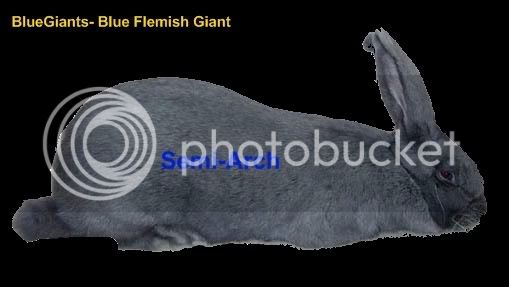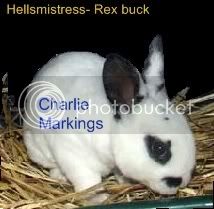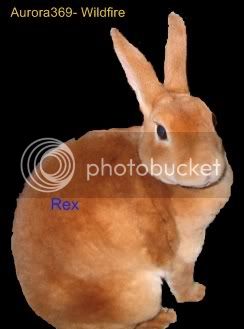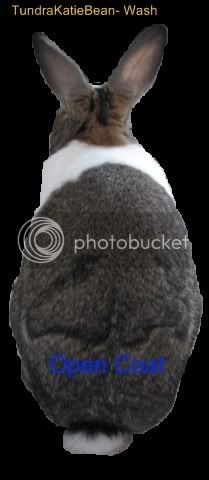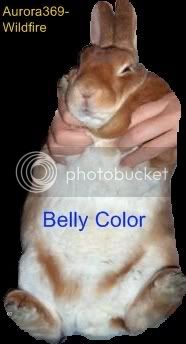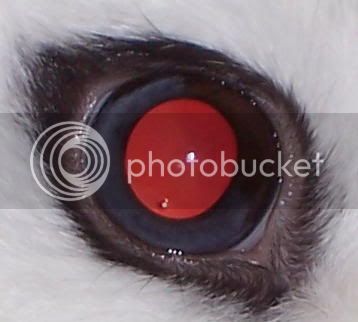clarzoo
Well-Known Member
All About the Purebred Rabbit:
-Why have a purebred rabbit?
To have a great pet rabbit, it doesnât need to be purebred. But some people want a little predictability in how their rabbits might look or behave. Do you have a preference for lopped ears or up ears? Long wool or a short coat? If you do, searching out a reputable breeder and adding a purebred rabbit to your family might be the way to go. Also, many people rescue rabbits that turn out to be purebred. By identifying their rabbitsâ breed, they will know how large it will get and if that breed has any special needs.
Rabbits can also be shown, very similarly to how purebred dogs are shown. If a rabbit owner is interested in showing their rabbit, it needs to fit within certain standards written by a rabbit showing organization. In the United States, Canada and Japan this organization is the American Rabbit Breeders Association. In England, it is the British Rabbit Council. There are over 40 recognized breeds of rabbits in the United States alone, with other countries adding to that number.
-What makes a breed?
For a type of rabbit to be considered a breed they must meet several requirements. It must meet a written standard and itsâ offspring must breed true to that standard. Just as two Labrador Retriever dogs should have a litter of puppies that will grow up to look like the parents, two rabbits of the same breed should have a litter that grows up to look a certain way.
A certain breed may be known for one characteristic, such as its size (Netherland Dwarf), its color (Thrianta) or its hair coat (Rex) but a standard will define all of these things for each breed.
-Who is in charge?
United States, Canada, Japan and US Territories: ARBA- http://www.arba.net
Britain: BRC- http://www.thebrc.org
Australia:
Denmark: http://www.kaniner.dk
Finland: http://www.kaniyhdistys.com
France: http://www.ffc.asso.fr/
Netherlands: http://www.nkb.nu/
-How does the Standard work?
In the United States, the ARBA puts out a Standard of Perfection. It is updated every four years. For a rabbit breed to be allowed into the Standard and considered an accepted breed that can be shown, it must follow a long series of steps and meet several requirements. The process to get a new breed or even a new color of an already accepted breed may take several years; it is possible it might never be accepted even after years of work by the breeders.
Each breed is broken down in the Standard in the same way.
1. The Schedule of Points- This gives a weighted breakdown of where the emphasis of importance should be placed when evaluating a rabbit. For example, a Netherland Dwarf will have more points allotted for emphasis of the head, versus a New Zealand.
2. Showroom Classes and Weights- Rabbit breeds are either 4-class or 6-class. This mean they can be shown in 4 age/weight divisions (junior bucks and does and senior bucks and does) or 6 age/weight divisions (junior bucks/does, intermediate bucks/does and senior bucks/does). Also listed in this section are weight ranges that each breed may span, broken down by sex and age.
3. General Type- This gives a detailed description of how each section of the body should look. It is further broken down by head, body, feet, etcâ¦
4. Color/Markings/Coat- These next sections are specific to each breed. They detail accepted showable colors, desired location and pattern of markings and quality of coat or wool.
-Why have a purebred rabbit?
To have a great pet rabbit, it doesnât need to be purebred. But some people want a little predictability in how their rabbits might look or behave. Do you have a preference for lopped ears or up ears? Long wool or a short coat? If you do, searching out a reputable breeder and adding a purebred rabbit to your family might be the way to go. Also, many people rescue rabbits that turn out to be purebred. By identifying their rabbitsâ breed, they will know how large it will get and if that breed has any special needs.
Rabbits can also be shown, very similarly to how purebred dogs are shown. If a rabbit owner is interested in showing their rabbit, it needs to fit within certain standards written by a rabbit showing organization. In the United States, Canada and Japan this organization is the American Rabbit Breeders Association. In England, it is the British Rabbit Council. There are over 40 recognized breeds of rabbits in the United States alone, with other countries adding to that number.
-What makes a breed?
For a type of rabbit to be considered a breed they must meet several requirements. It must meet a written standard and itsâ offspring must breed true to that standard. Just as two Labrador Retriever dogs should have a litter of puppies that will grow up to look like the parents, two rabbits of the same breed should have a litter that grows up to look a certain way.
A certain breed may be known for one characteristic, such as its size (Netherland Dwarf), its color (Thrianta) or its hair coat (Rex) but a standard will define all of these things for each breed.
-Who is in charge?
United States, Canada, Japan and US Territories: ARBA- http://www.arba.net
Britain: BRC- http://www.thebrc.org
Australia:
- Western: http://members.iinet.net.au/~jabuck/WARCI/index.htm
- Canberra: http://www.home.netspeed.com.au/reguli/rabbitclub.htm
- Victoria: http://www.geocities.com/metrorabbit_2000/
Denmark: http://www.kaniner.dk
Finland: http://www.kaniyhdistys.com
France: http://www.ffc.asso.fr/
Netherlands: http://www.nkb.nu/
-How does the Standard work?
In the United States, the ARBA puts out a Standard of Perfection. It is updated every four years. For a rabbit breed to be allowed into the Standard and considered an accepted breed that can be shown, it must follow a long series of steps and meet several requirements. The process to get a new breed or even a new color of an already accepted breed may take several years; it is possible it might never be accepted even after years of work by the breeders.
Each breed is broken down in the Standard in the same way.
1. The Schedule of Points- This gives a weighted breakdown of where the emphasis of importance should be placed when evaluating a rabbit. For example, a Netherland Dwarf will have more points allotted for emphasis of the head, versus a New Zealand.
2. Showroom Classes and Weights- Rabbit breeds are either 4-class or 6-class. This mean they can be shown in 4 age/weight divisions (junior bucks and does and senior bucks and does) or 6 age/weight divisions (junior bucks/does, intermediate bucks/does and senior bucks/does). Also listed in this section are weight ranges that each breed may span, broken down by sex and age.
3. General Type- This gives a detailed description of how each section of the body should look. It is further broken down by head, body, feet, etcâ¦
4. Color/Markings/Coat- These next sections are specific to each breed. They detail accepted showable colors, desired location and pattern of markings and quality of coat or wool.





